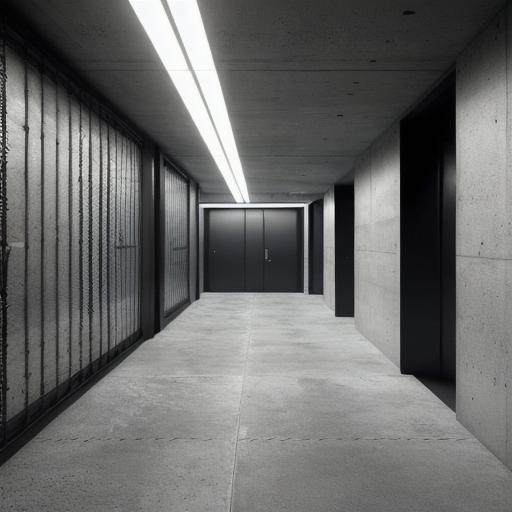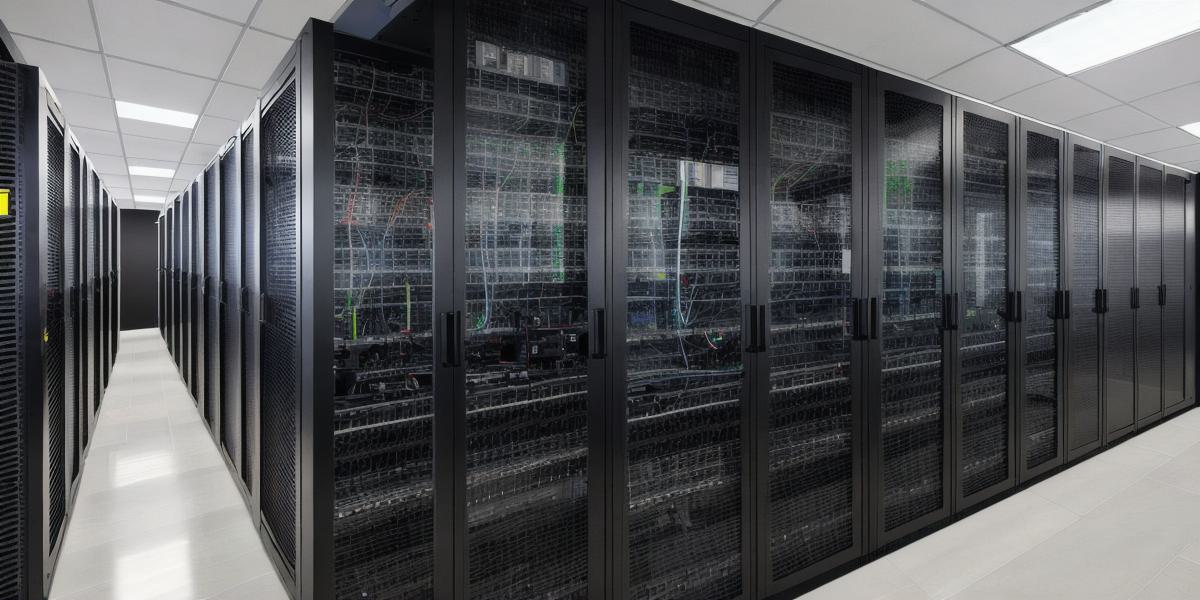Setting up a data room is an essential step for any organization looking to securely store, manage, and share critical information. The following are the essential supplies needed to create a functional and secure data room.
1. Secure Physical Space: A physical space dedicated to housing the data room equipment is crucial. This area should be secure, climate-controlled, and accessible only to authorized personnel. An example of a secure data room would be a purpose-built facility with 24/7 surveillance, access control systems, and fire suppression systems.
2. Redundant Power: Uninterrupted power is vital for maintaining the integrity and availability of data. A backup generator or an uninterruptible power supply (UPS) can provide power in case of power outages. For instance, a UPS with a capacity of 10kVA can support essential equipment during power interruptions.

3. Climate Control: Temperature and humidity control ensure the longevity and preservation of data storage media. Implementing an HVAC system with temperature and humidity sensors can maintain optimal conditions. For example, a data room temperature range between 68-77°F (20-25°C) is recommended.
4. Fire Suppression Systems: Fire suppression systems protect the data room from damage due to fire. Installing a clean agent fire suppression system like FM-200, which leaves no residue and minimizes water damage, is an effective solution.

5. Access Control: Access control measures ensure that only authorized personnel can enter the data room. Implementing a two-factor authentication system, biometric access, or a keycard entry system will provide additional security. For instance, integrating CCTV cameras and motion detectors can deter unauthorized entry.
6. Data Backup Solutions: Regular data backups are essential for disaster recovery purposes. Choosing reliable backup solutions like cloud-based storage or tape libraries is crucial. For example, backing up data to a cloud-based solution like Amazon S3 offers flexibility and redundancy.
7. Cabling Infrastructure: Proper cabling infrastructure ensures smooth communication between devices in the data room. Implementing Category 6 or higher cabling can support high-speed data transfer rates. For instance, using fiber optic cables for long-distance communication provides faster transmission speeds and greater bandwidth.
8. Network Security: A secure network is necessary to prevent unauthorized access or data breaches. Deploying firewalls, intrusion detection systems, and antivirus software will provide adequate protection. For example, using a next-generation firewall like Check Point Firewall can secure the data room network from advanced threats.
In conclusion, equipping your data room with these essential supplies will help ensure its functionality, security, and longevity. From securing a physical space to implementing redundant power and access control measures, every detail is crucial in safeguarding critical information.
